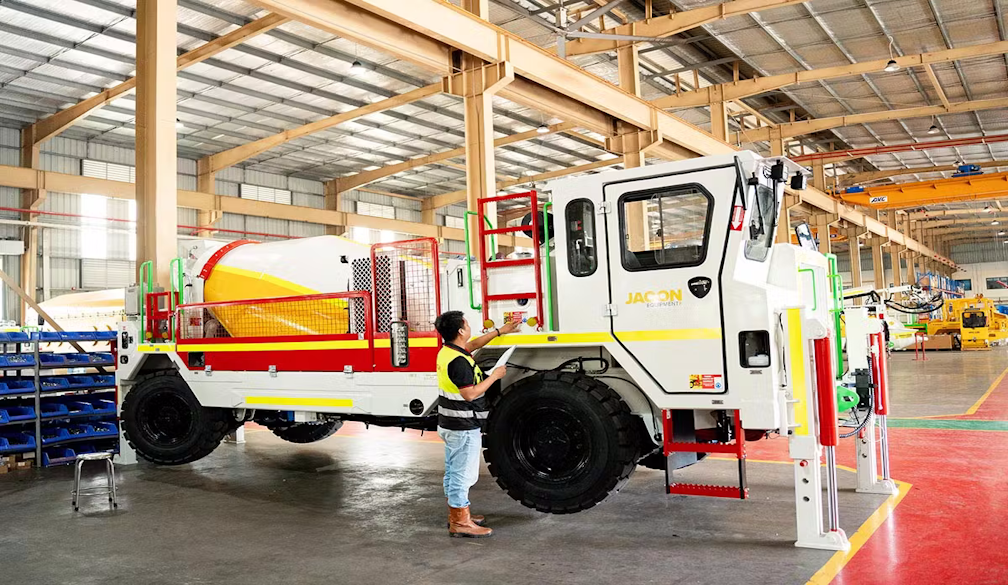Exploring Toll Manufacturing: An Efficient Solution for Your Production Needs
- Written by Guest Posting

In today’s competitive market, businesses are continuously seeking innovative ways to optimize their operations, reduce costs, and enhance productivity. One such solution that has gained traction across various industries is toll manufacturing. This arrangement allows companies to outsource their manufacturing processes, thereby streamlining production and focusing on core competencies.
What is Toll Manufacturing?
Toll manufacturing is a service provided by specialized manufacturers who process materials on behalf of other companies. Essentially, it involves a contractual agreement where one company (the "client") hires another company (the "toll manufacturer") to produce goods using the client's raw materials. The toll manufacturer handles the production process while the client maintains ownership of the product and raw materials.
This arrangement is beneficial for companies that may not have the facilities, expertise, or resources to manufacture their products in-house. It enables businesses to expand their production capacity without the substantial investment required to build new facilities or purchase equipment.
Benefits of Toll Manufacturing
- Cost-Effective Production: By outsourcing production, companies can save on operational costs associated with maintaining their own manufacturing facilities. Toll manufacturers often have established processes and equipment, allowing them to produce goods more efficiently.
- Access to Expertise: Toll manufacturers typically specialize in specific processes or industries, providing clients with access to their expertise and knowledge. This can lead to higher quality products and improved production techniques.
- Scalability: Companies can easily scale their production up or down based on demand without the long lead times associated with expanding or contracting in-house capabilities. This flexibility is crucial in today’s rapidly changing market.
- Focus on Core Competencies: By outsourcing manufacturing processes, businesses can concentrate on their core competencies, such as product development, marketing, and customer service, leading to better overall performance.
- Reduced Risk: Toll manufacturing can minimize the risks associated with fluctuations in demand. Companies can adjust their production levels as needed without incurring the costs of underutilized equipment or labor.
Industries That Benefit from Toll Manufacturing
Toll manufacturing is not limited to one specific industry; it spans various sectors, including:
- Pharmaceuticals: Many pharmaceutical companies use toll manufacturing to produce active pharmaceutical ingredients (APIs) or formulate finished products, ensuring compliance with stringent regulatory standards.
- Food and Beverage: The food and beverage industry often relies on toll manufacturers to produce products like sauces, snacks, or beverages, allowing brands to scale production quickly without compromising quality.
- Chemicals: Chemical manufacturers frequently outsource processes like blending, packaging, or custom formulations to toll manufacturers who possess specialized equipment and expertise.
- Cosmetics: The cosmetics industry benefits from toll manufacturing by outsourcing the production of creams, lotions, and other personal care products while maintaining brand integrity.
Choosing the Right Toll Manufacturer
Selecting the right toll manufacturing partner is crucial for ensuring successful collaboration and optimal outcomes. Here are some key considerations:
- Reputation and Experience: Research potential toll manufacturers thoroughly. Look for companies with a strong reputation and proven track record in your industry.
- Certifications and Compliance: Ensure the manufacturer adheres to industry standards and regulations. Certifications such as ISO or GMP (Good Manufacturing Practices) indicate a commitment to quality and compliance.
- Capabilities and Resources: Evaluate the manufacturer's capabilities, including their equipment, technology, and workforce. Ensure they can meet your production requirements and quality standards.
- Communication and Support: Effective communication is vital for successful toll manufacturing partnerships. Choose a manufacturer that provides transparent communication and is responsive to your needs.
- Location: Consider the location of the toll manufacturer in relation to your operations. Proximity can impact shipping costs, lead times, and overall efficiency.
The Future of Toll Manufacturing
As industries continue to evolve, the demand for toll manufacturing is expected to grow. Factors such as globalization, technological advancements, and increased focus on sustainability are driving this trend. Companies are recognizing the value of leveraging external expertise and resources to enhance their production capabilities while maintaining flexibility and cost-effectiveness.
Conclusion
In summary, toll manufacturing offers a strategic solution for businesses looking to optimize their production processes. By outsourcing manufacturing, companies can reduce costs, access specialized expertise, and focus on their core competencies. As the market continues to evolve, toll manufacturing will play a crucial role in helping businesses remain competitive and responsive to changing consumer demands.
Whether you're in pharmaceuticals, food and beverage, chemicals, or cosmetics, understanding the benefits and considerations of toll manufacturing can help you make informed decisions that drive efficiency and growth. Embracing this innovative approach to production may just be the key to unlocking new opportunities for your business.

